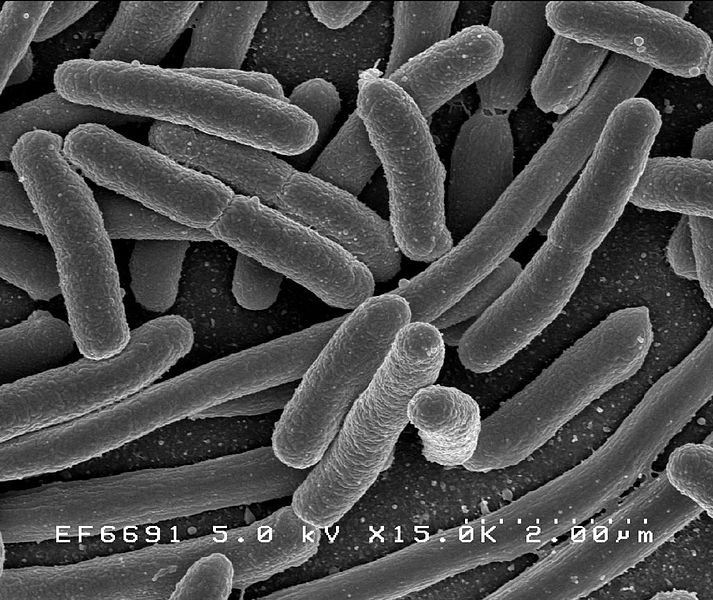Strong evidence suggests there is a link between air pollution and compromised gut health. This topic was first explored on the Air Quality Matters blog on Feb. 26, 2014 in the post: “Air pollution, digestive tract disorders and the connection between them.”
Since that time, some important developments have surfaced in the academic, medical and science communities dealing specifically with this area of research.
One is a University of Colorado, Boulder study published online in the periodical Environment International which, it so happens, is “the first to link air pollution to changes in the structure and function of the human gut microbiome—the collection of trillions of microorganisms residing within us,” Lisa Marshall expressed in the Mar. 11, 2020 news release “Can the brown cloud make you gain weight?” which the CU Boulder Strategic Relations and Communications Dept. Senior Science Editor authored.
“Breathing dirty air takes a heavy toll on gut bacteria, boosting risk of obesity, diabetes, gastrointestinal disorders and other chronic illnesses, new CU Boulder research suggests,” Marshall added.
Among study findings, ozone, an invisible gas and highly corrosive to lung tissue, “is particularly hazardous … with young adults exposed to higher levels of ozone showing less microbial diversity and more of certain species associated with obesity and disease.”
These findings appear to align with those of earlier research. In the first “Air pollution, digestive tract disorders and the connection between them” post, it was stated, “In … ‘Air pollution and the gut: Are fine particles linked to bowel disease?’ EHN [Environmental Health News] Editor and Staff Writer Lindsey Konkel wrote: ‘A small but growing number of studies now suggest that air pollutants may play a role in diseases of the gut.’”
Karen Madsen, University of Alberta at Edmonton gastroenterological scientist, submitted that fine pollution particles that resided in the respiratory tract can make their way to the digestive tract. How they get from the one location to the other is via mucous, according to Madsen, as was cited by Konkel in the “Air pollution and the gut” article.
Meanwhile, said earlier research connects air pollutants to a number of health conditions, life-threatening and non-life-threatening alike. As it has to do with smog, integrative physiology assistant professor and senior study author Tanya Alderete as so-cited by Marshall in the aforementioned news release observed: “The takeaway from this paper is that some of those effects [Type 2 diabetes, weight gain and inflammatory bowel diseases] might be due to changes in the gut.”
To this, Marshall added, “The researchers looked at data from air-monitoring stations near the subjects’ addresses to calculate their previous-year exposure to ozone (which forms when emissions from vehicles are exposed to sunlight), particulate matter (hazardous particles suspended in the air), and nitrous oxide (a toxic byproduct of burning fossil fuel).
“Of all the pollutants measured, ozone had the greatest impact on the gut by far, accounting for about 11% of the variation seen between study subjects—more of an impact than gender, ethnicity or even diet. Those with higher exposure to ozone also had less variety of bacteria living in their gut.”

The CU Boulder senior science editor further noted that identified by researchers were a total of 128 species of bacteria that had been influenced by heightened exposure to ozone and acknowledged that the study sample size was relatively small and that there were limitations.
But, that all said, Marshall in the same news release also stressed, “Alderete is now moving ahead with a larger, more expansive study of young adults in the Denver area. Thanks to a new grant from the nonprofit Health Effects Institute, she’s also exploring how prenatal or early-life exposure to air pollution impacts the formation of the gut microbiome in 240 infants.”
The findings from that “more expansive study,” by shedding additional light, are certain to prove invaluable.
Image above: Rocky Mountain Laboratories, NIAID, NIH
Published by Alan Kandel